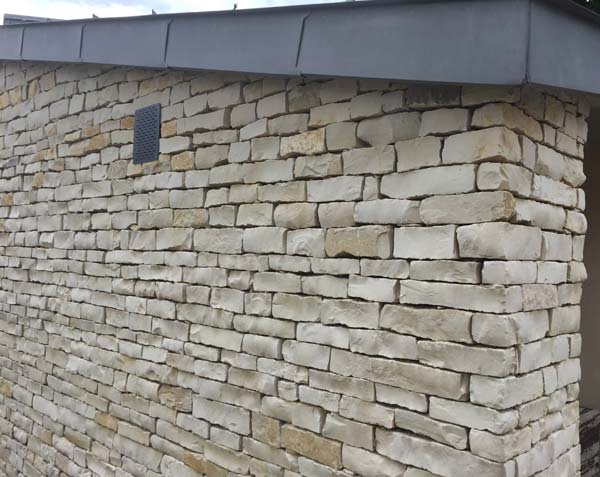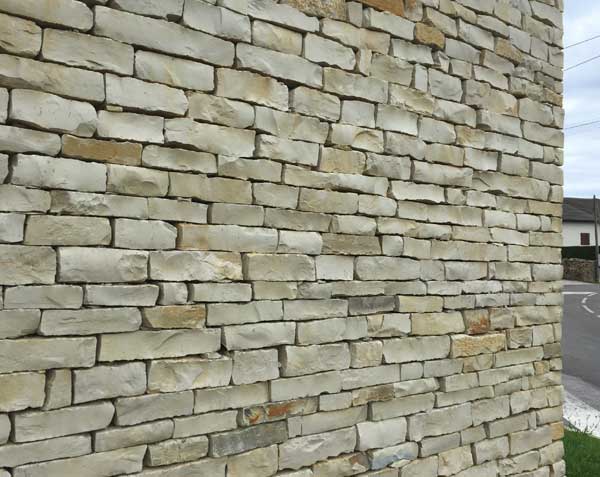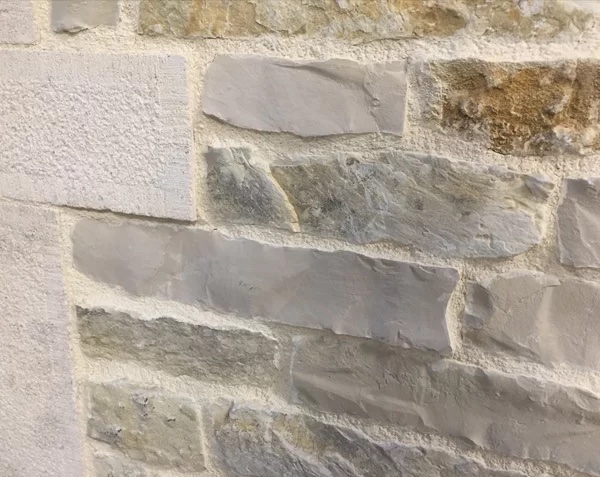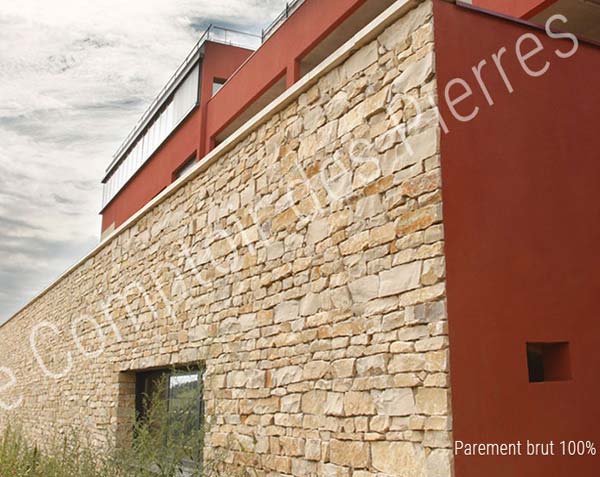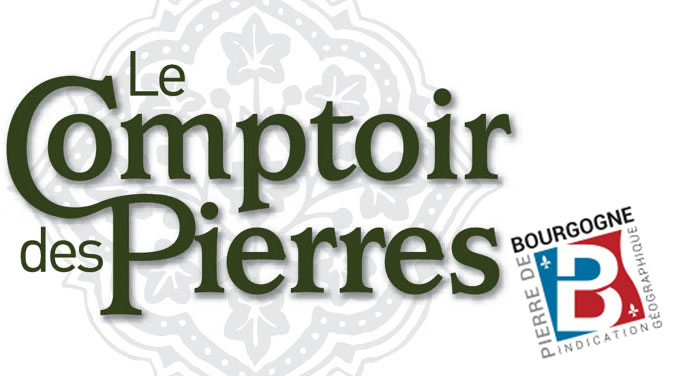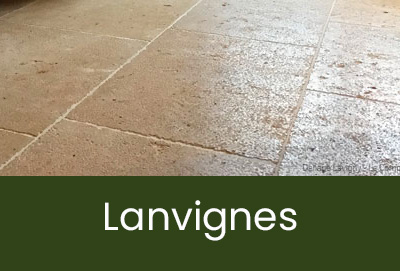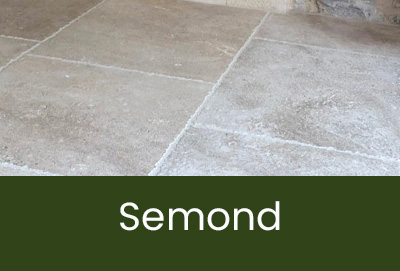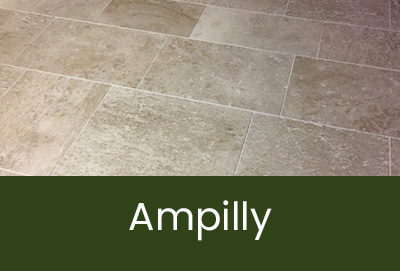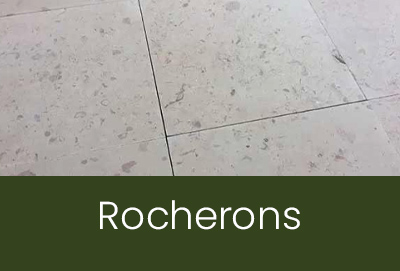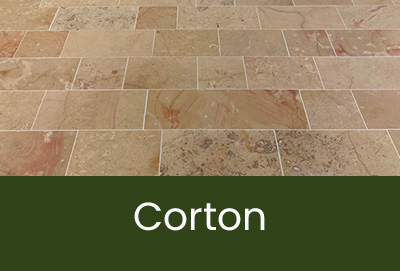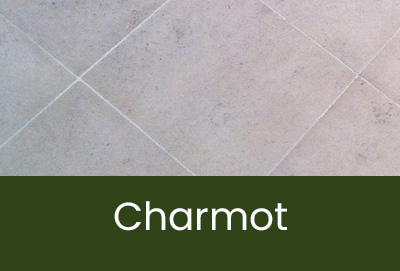Natural or split, specific finishes for our veneers, wall stones, strips...
The limestone from Yonne area, our selection for building stones and wall cladding
We have selected for our wall stones, rubble, coping stones, facings, retaining blocks, support bricks, the stone from Yonne (89). More specifically, it is the Molay stone, which has been extracted for centuries from a hill near the village of Molay (and the hamlet of Arton). This stone has been recognized as a Geographical Indication "Pierre de Bourgogne" since June 2018. It is a compact yellow/beige limestone. Today, it is mainly used in landscaping : renovation of walls, dovecotes, roofing with lava stone, shelters (cabotte, cadole...).
Our stones are sold one year after extraction, Our stones are sold one year after their extraction, which cannot be carried out year-round due to weather conditions. Therefore, quarry extraction only occurs from May to August. Frost resistance is ensured by drying before winter. During this period, the stone forms its calcine (a protective layer of a few millimeters). The complete drying period lasts 9 months. Thus, the process is as follows: 3 months of extraction, 9 months of drying, followed by screening (using a screen with many holes to remove soil and small debris), sorting, and packaging.
Therefore, our stones are frost-resistant and can withstand 240 freeze-thaw cycles (tested in the laboratory). However, some chipping may occur during the first winters due to the geological formation of the stone. These chips do not compromise frost resistance. It is a natural phenomenon that allows the stone to shed its "skin."
Our customers for this Yonne stone are mainly individuals for outdoor landscaping, but also landscapers, masons, decorators, and others. These stones are rare! Depending on the products, our annual volume can be depleted as early as June. Please consider planning ahead for your supplies.
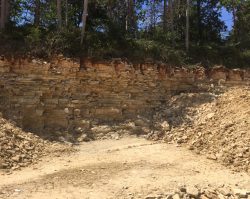
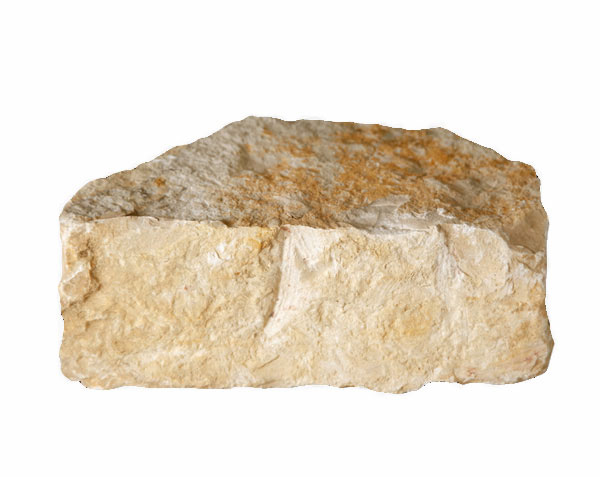
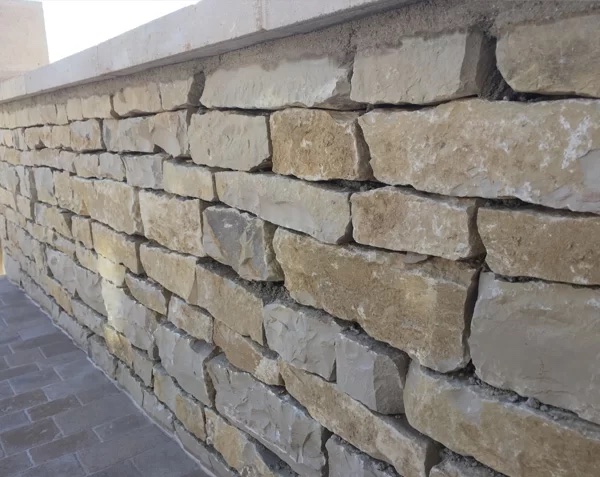
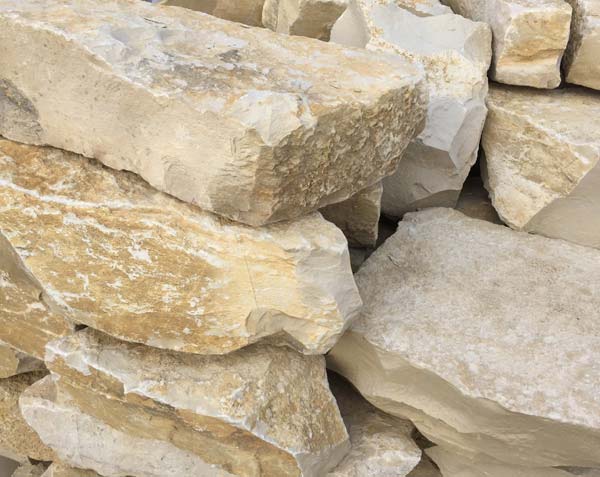
Natural or Split finish for these stones
The finish for these building or facing stones is either Natural (Raw) or Split. Once the stones are reworked (reshaped) for calibration purposes, the finish becomes split and is no longer natural.
Indeed, these golden-yellow stones have this color on their surface (bark level); the interior is beige cream in color. The wall stones or rubble stones are intentionally not re-calibrated to maintain their beautiful golden-yellow hue. These stones are simply screened to remove earthy parts and stones that are too small. It's important to note that the wall stones and rubble stones are made from the same stone; the only difference is the format—rubble stones are more massive (typically with a height greater than 10 cm), while wall stones are thinner (height less than 10 cm). These two formats are often used together when constructing a wall.
When a rubble stone is calibrated into a rectangular strip (12 cm + or - 2 cm) to dress an existing wall (such as concrete blocks), the appearance is predominantly beige/cream (split) for more than 80% of the stones. Similarly, to manufacture facings, we "cut" a rubble stone (or a wall stone) using a splitter. Therefore, from one rubble stone, we can produce one or two natural facings (front and back) and 4 to 5 split facings (inside of the stone). Thus, natural facings are rarer compared to split facings.
For facings, you have the choice between these two visual finishes: the natural finish is more traditional, and the split finish is more modern. It's also entirely possible to mix both finishes.
Feel free to contact us if you have any additional questions.
